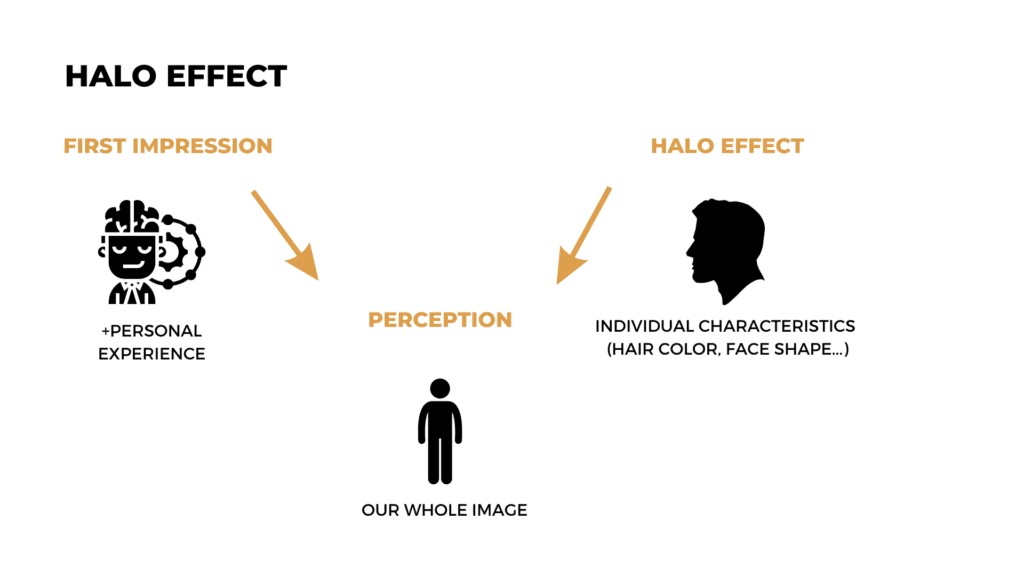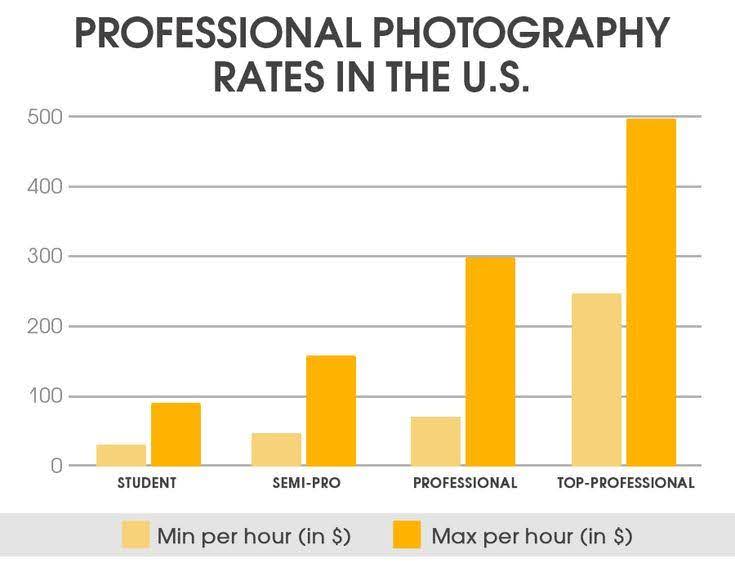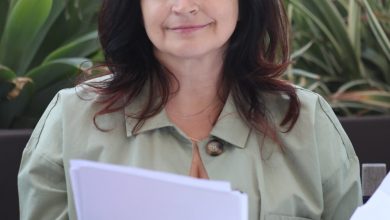From Photoshoot to Fee: How the Right Lawyer Image Affects Client Attraction, According to Valeriia Volodina
Abstract: This article analyzes the impact of a lawyer’s visual image on client attraction and trust. The purpose of the study is to identify and systematize the mechanisms by which a professionally crafted image, from photographs to overall style, influences a potential client’s decision to engage with the lawyer. The paper examines theoretical foundations from social psychology and marketing, including signaling theory and cognitive biases such as the halo effect. Practical aspects of image creation are analyzed, including clothing selection, photoshoot organization, and digital platform design. The results demonstrate a direct correlation between the quality of a lawyer’s visual self-presentation and their commercial success. The article’s findings are of practical value to practicing lawyers, law firms, and legal marketing specialists seeking to improve their competitiveness in the marketplace.
In the highly competitive legal services market, a lawyer’s professional competence, while remaining a fundamental factor, is no longer the sole criterion for client selection. The decision-making process of a potential client increasingly takes place in a digital environment, where first impressions are formed within fractions of a second based on visual information. The relevance of this study is driven by the need for the legal community to adapt to modern marketing realities, in which a well-constructed professional image becomes a significant economic asset. The purpose of this article is to conduct a systematic analysis of the influence of a lawyer’s visual image on the client acquisition process—from the initial impression created through photography to the signing of a legal services agreement.

A potential client’s perception of a lawyer follows the general principles of social psychology. One of the relevant theoretical constructs is signaling theory, which posits that in situations of informational asymmetry—when one party, namely the client, knows less than the other, namely the lawyer—decisions are made based on external signals [5]. A high-quality photograph, professional attire, and a well-designed website serve as signals of success, reliability, and attention to detail. When the client cannot immediately assess legal competence, they tend to extrapolate the quality of the visual presentation to the expected quality of the service itself.

Another mechanism is the halo effect — a cognitive bias in which an overall positive impression of a person, formed by a single quality (for example, an attractive and confident appearance), extends to the perception of their other traits [6]. A lawyer whose image conveys competence and authority is more likely to be perceived as a top-level professional. Research in the field of neuromarketing confirms that visual stimuli are processed by the brain faster than verbal ones, forming a subconscious predisposition toward trust or distrust [2]. Thus, investment in a professional image is not a matter of aesthetics but a tool for managing perception.
Creating an effective professional image is a complex process that goes far beyond simply wearing a business suit. The central element of a modern visual strategy is a professional photo session. Its goal is not merely to produce a formal portrait but to convey key messages — confidence, openness, and intelligence. Specific techniques are used to achieve this: choice of angles, lighting, and background, as well as the selection of a location that corresponds to the lawyer’s specialization — for example, a modern office for a corporate attorney or a library for a legal scholar.

Visual content must be adapted for different communication channels. Photographs intended for a personal website, a LinkedIn profile, or publication in the media will differ in style and tone. Consistency of style across all points of audience contact creates a cohesive and memorable personal brand.
Clothing also remains an important nonverbal message. Modern trends show a shift away from rigid formal wear toward business casual or smart casual styles, which allow one to look professional yet less distant. The choice of style should be congruent with the target audience. Working with large corporations requires greater formality, while consulting for technology startups allows a more relaxed dress code. According to surveys, about 70% of clients form their opinion of a lawyer within the first few minutes of meeting, and appearance is one of the main factors in that evaluation [1].
The connection between visual positioning and financial results can be traced through conversion rates at different stages of the sales funnel. High-quality photographs and professional website design directly affect metrics such as time spent on a page and bounce rate. Studies show that professional and authentic images of people on websites increase trust and boost conversion to target actions — such as phone calls or inquiry submissions — by 35% or more [4].
Analysis shows that the elements of visual image are not isolated details but work in synergy, forming a unified professional brand. Photography, clothing style, website design, even the background during a video call — all of these are touchpoints where a potential client seeks confirmation of a lawyer’s competence and reliability.
An essential aspect of creating an effective image is authenticity. An image that differs significantly from the lawyer’s real behavior and work style can cause cognitive dissonance in the client and destroy trust [3]. Therefore, a visual strategy should not be developed according to a template, but rather based on the individual’s personality, values, and unique value proposition. The image should assist the lawyer, not create a mask that is difficult to maintain.
Successful visual positioning reduces psychological distance, facilitates first contact, and creates a favorable foundation for building long-term professional relationships — the very relationships that ultimately determine financial success.
The study confirms that in modern legal practice, a lawyer’s visual image is a strategically important element that directly influences client acquisition and economic performance. A professionally crafted image, grounded in an understanding of perception psychology and marketing principles, allows the transmission of signals of competence, reliability, and success — which is particularly crucial in conditions of informational asymmetry.
Practical recommendations for lawyers include the need for a deliberate approach to building a visual brand: investing in a high-quality photo session, developing a consistent style across all communication channels, and adapting the dress code to the context and target audience. Competent image management not only allows one to stand out from competitors but also increases the perceived value of legal services, forming the basis for establishing higher fees. Ultimately, the path from a photo session to a professional fee is a path toward building trust, where the visual component serves as one of the first and most significant stages.
References
- Ambady, N., & Rosenthal, R. (1993). Half a minute: Predicting teacher evaluations from thin slices of nonverbal behavior and physical attractiveness. Journal of Personality and Social Psychology, 64(3), 431–441.
- Damasio, A. R. (2005). Descartes’ Error: Emotion, Reason, and the Human Brain. Penguin Books.
- Gardner, W. L., & Avolio, B. J. (1998). The charismatic relationship: A dramaturgical perspective. Academy of Management Review, 23(1), 32–58.
- Nielsen, J. (2011). How Long Do Users Stay on Web Pages? Nielsen Norman Group. Retrieved from https://www.nngroup.com/articles/how-long-do-users-stay-on-web-pages/
- Spence, M. (1973). Job Market Signaling. The Quarterly Journal of Economics, 87(3), 355–374.
- Thorndike, E. L. (1920). A constant error in psychological ratings. Journal of Applied Psychology, 4(1), 25–29.




